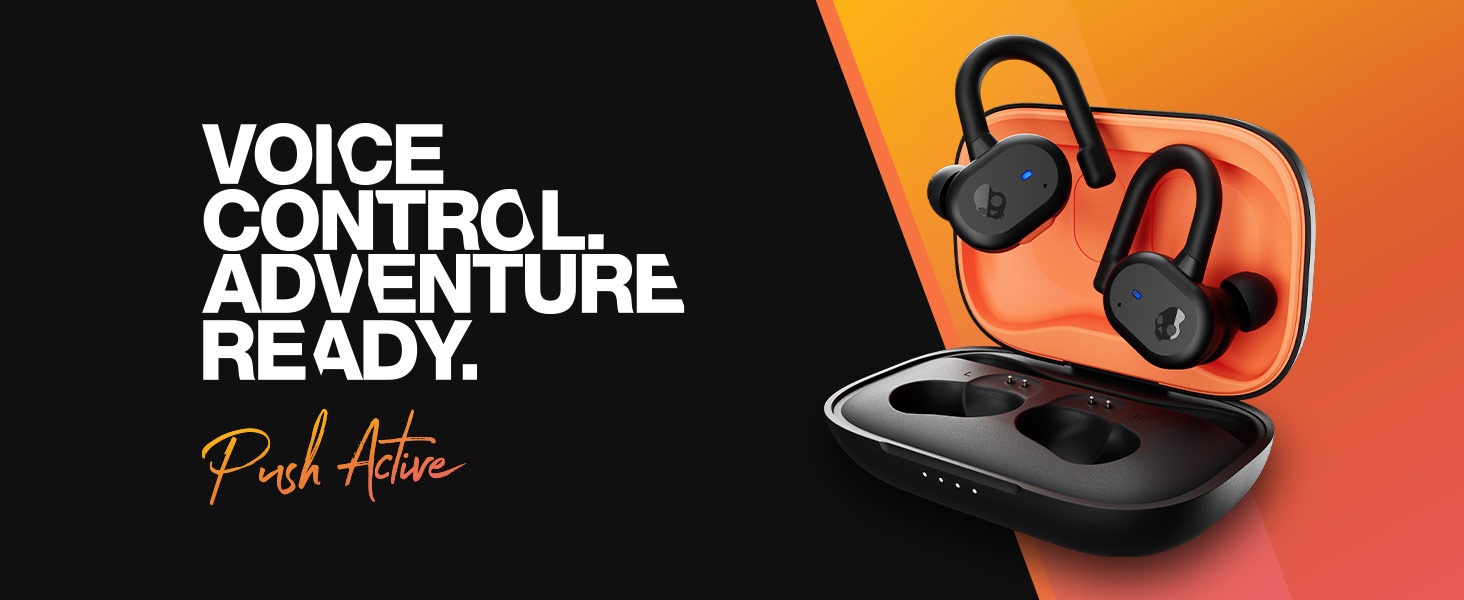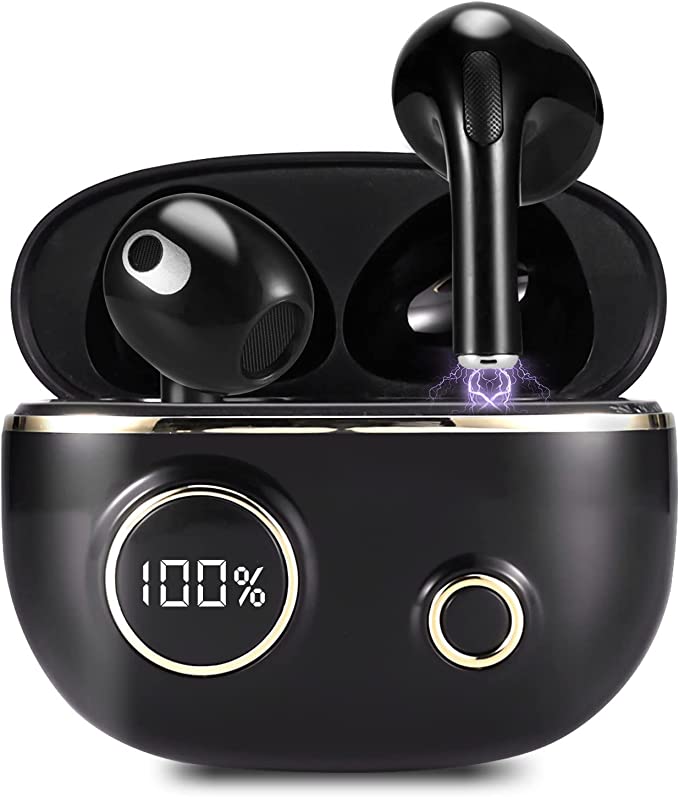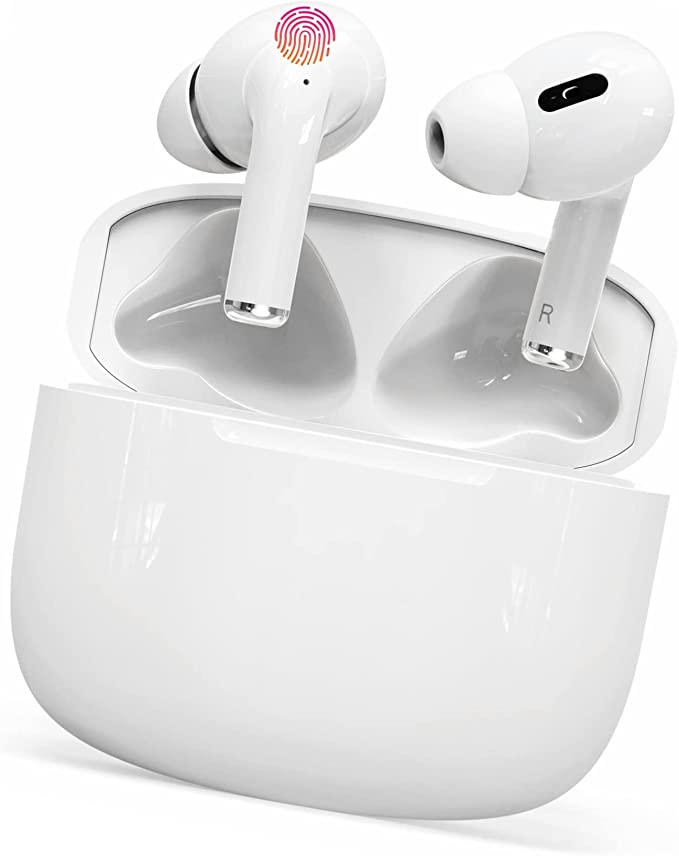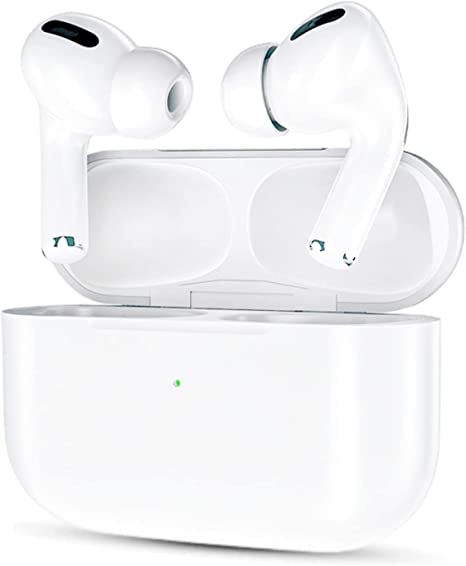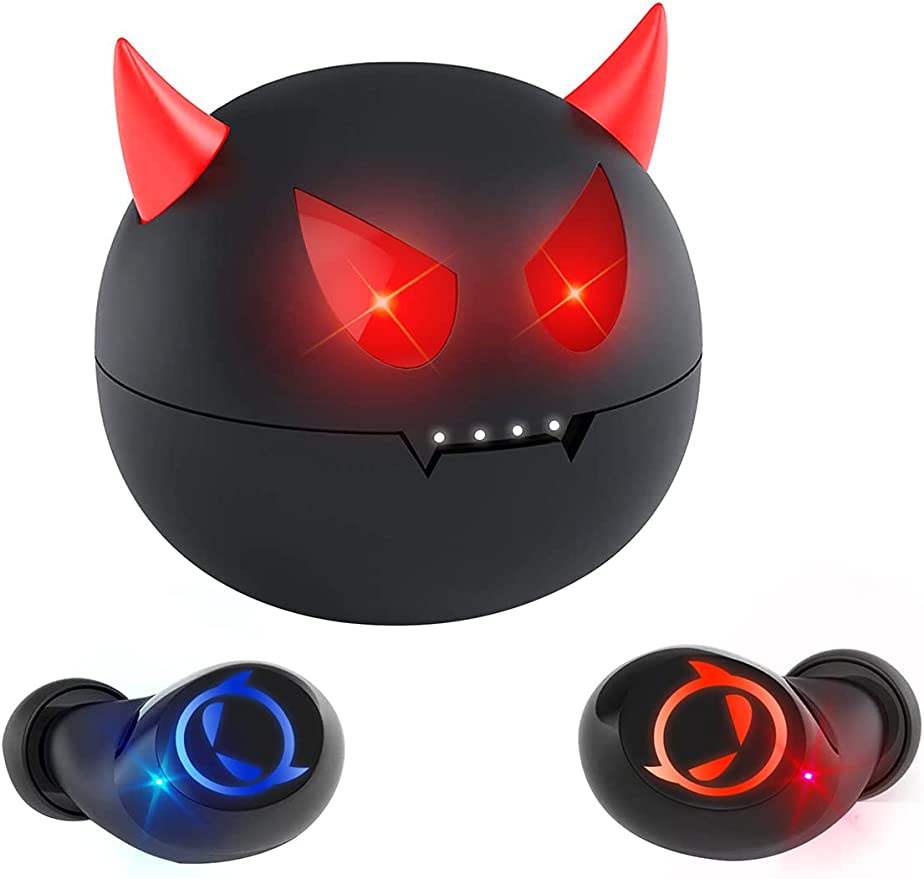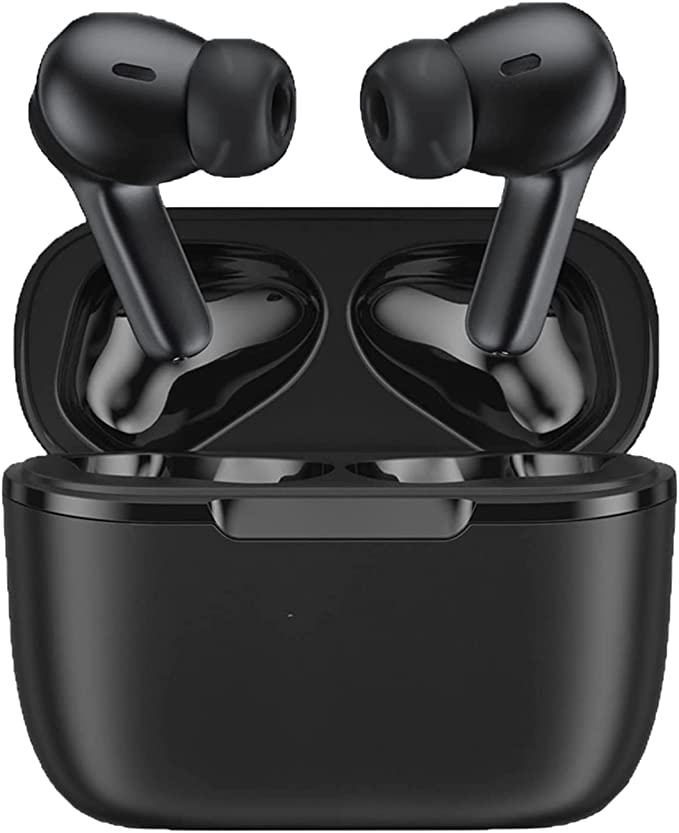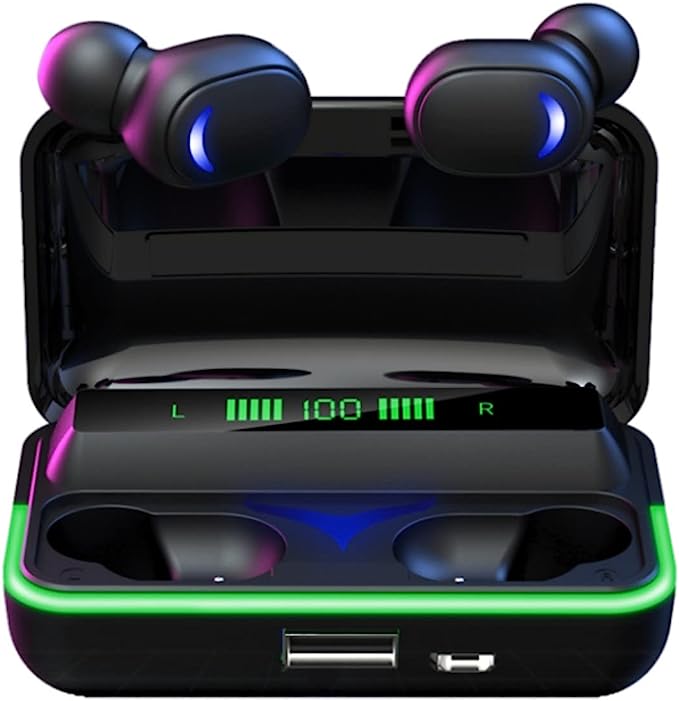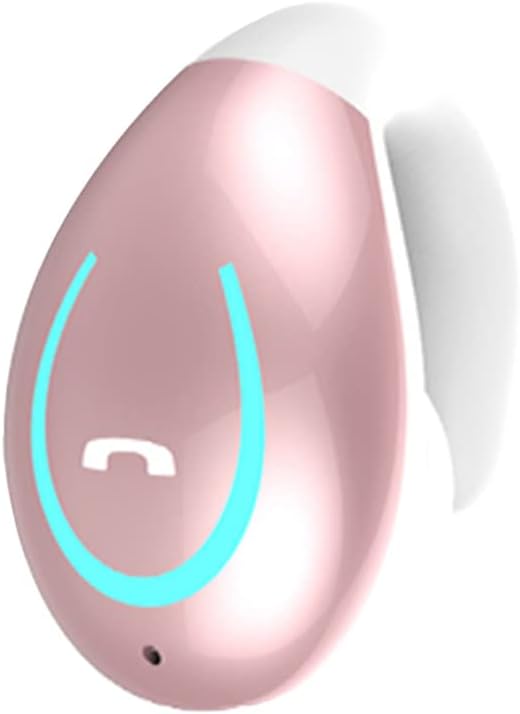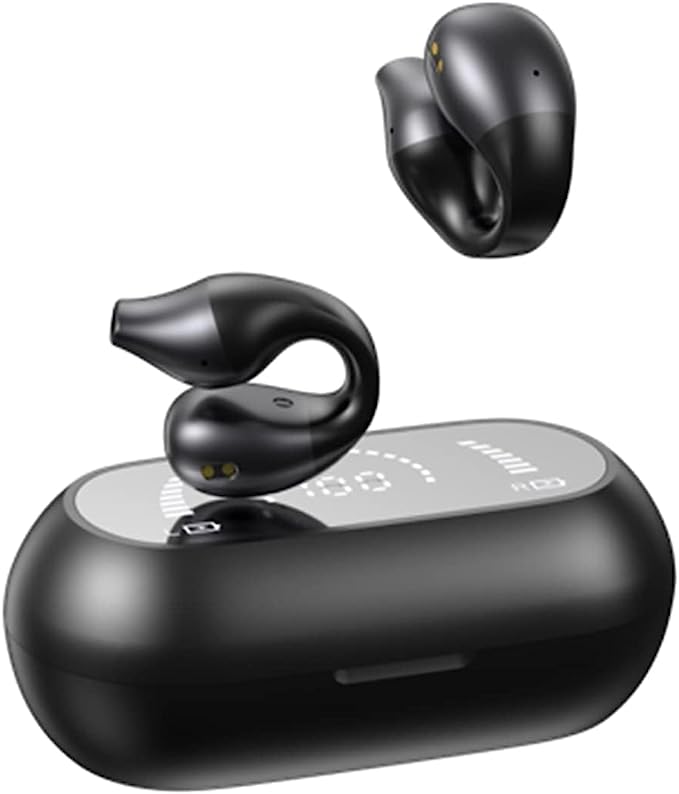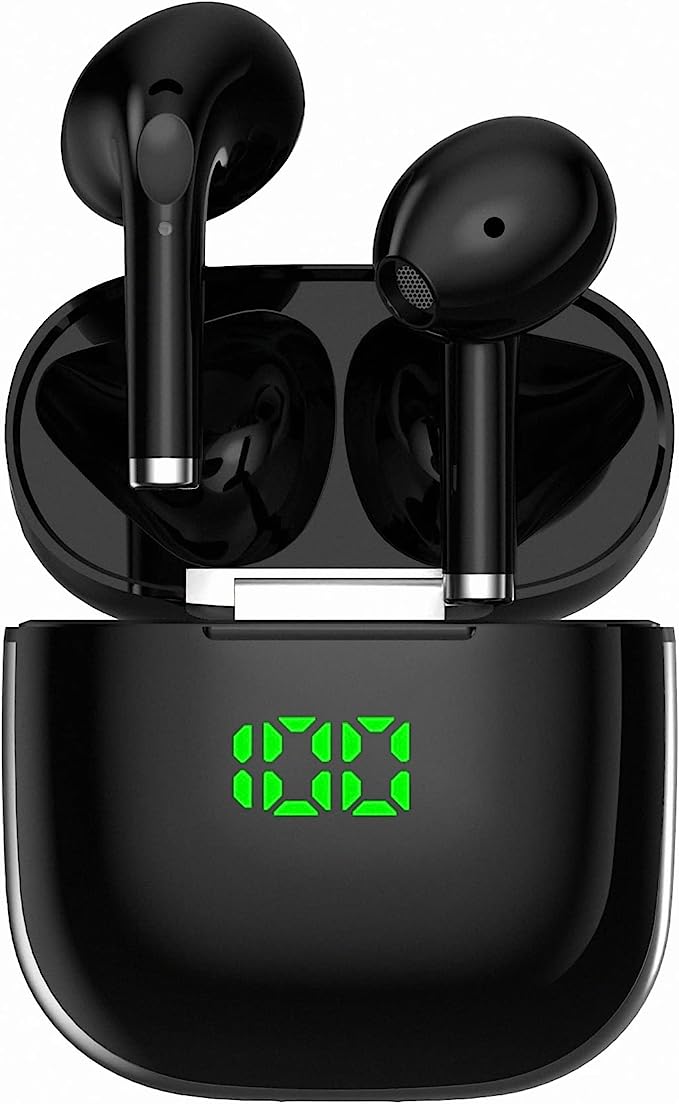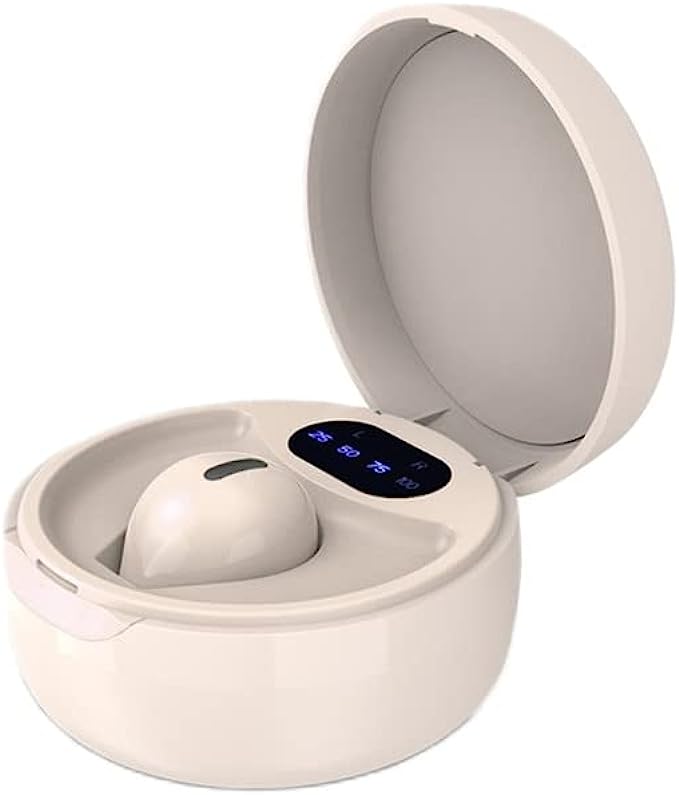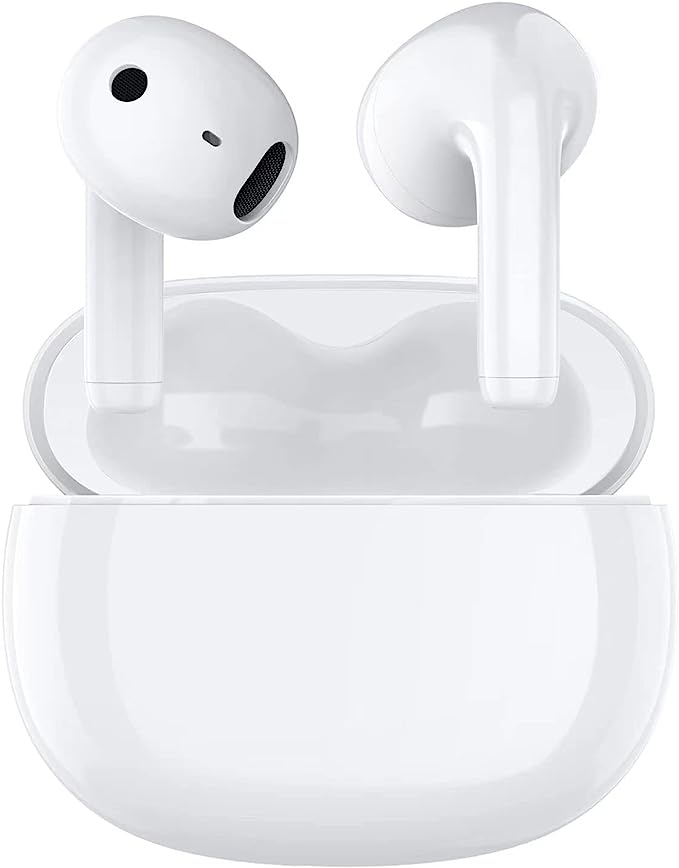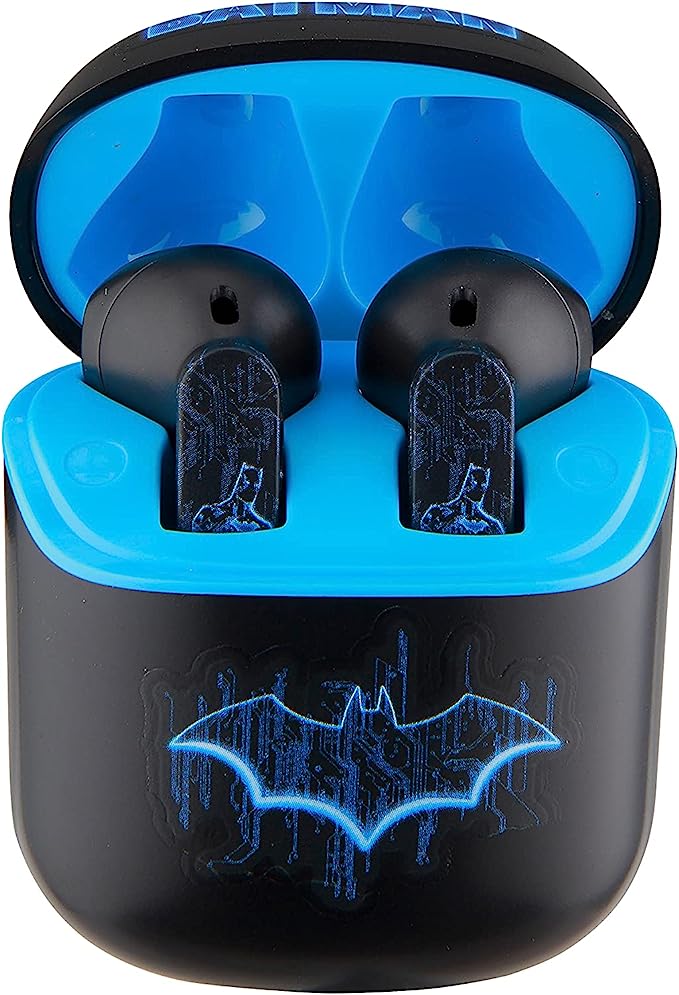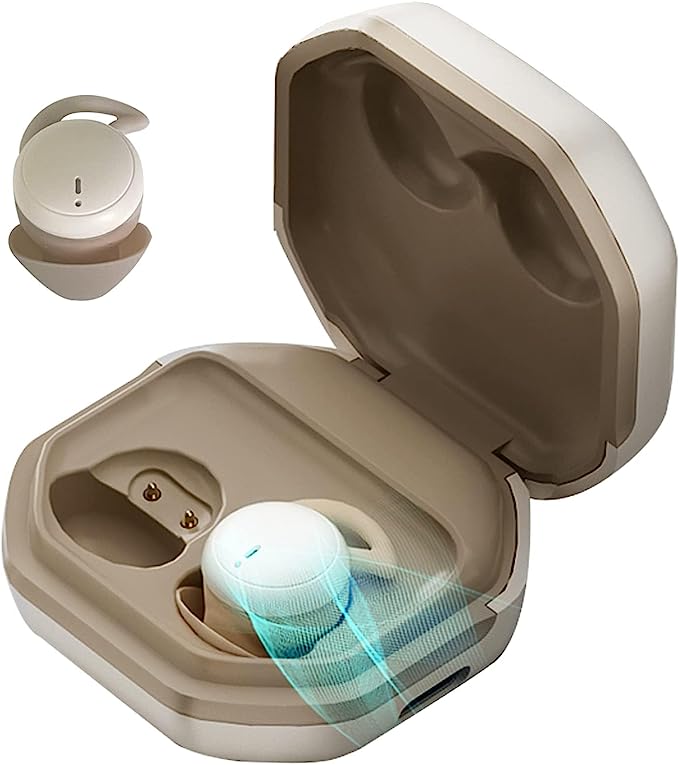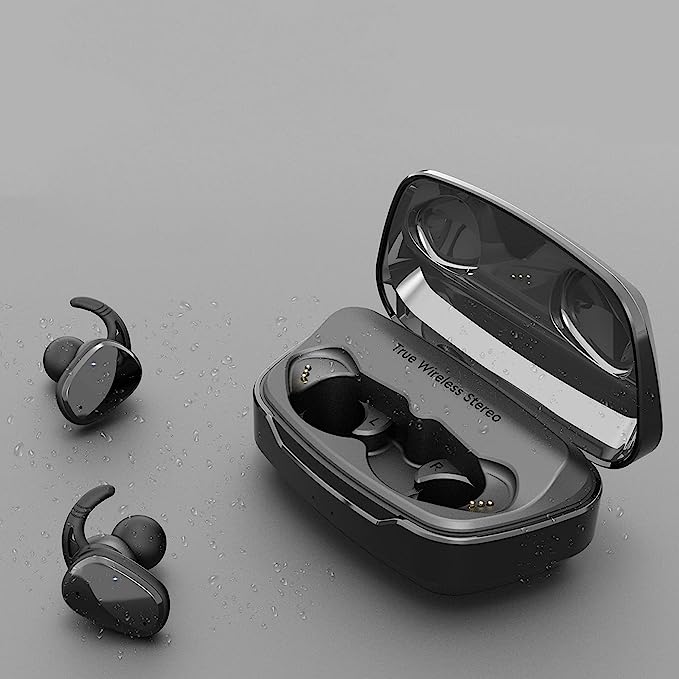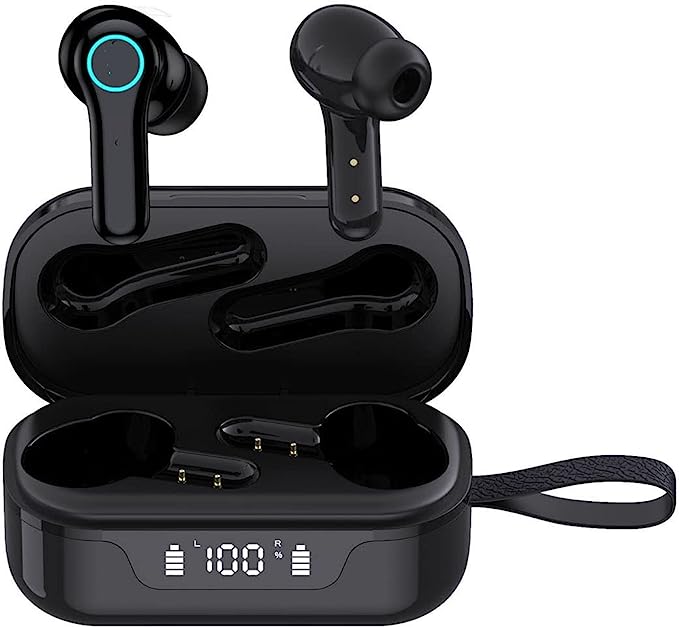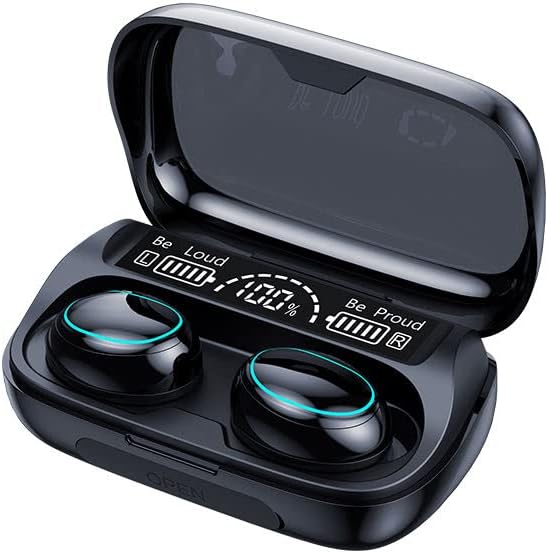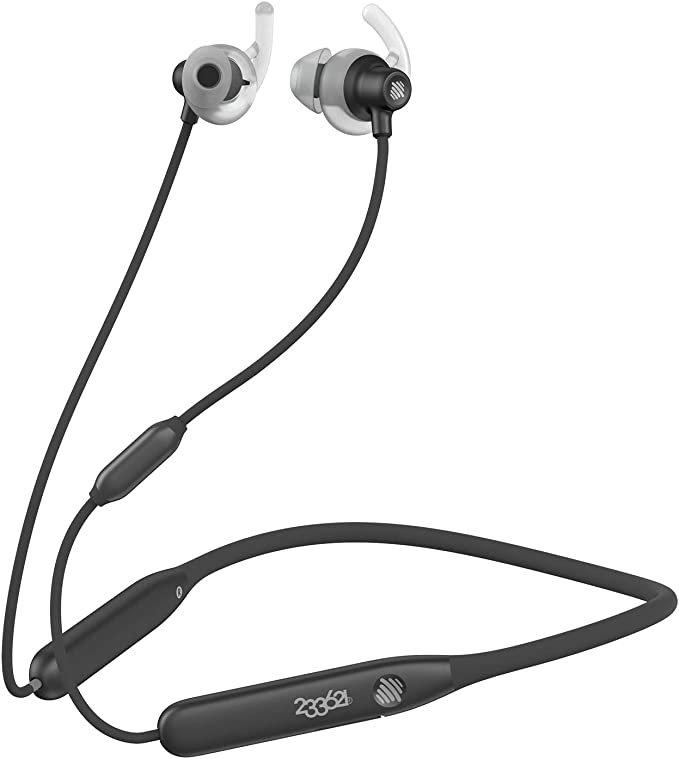Google Pixel Buds A-Series: Your Gateway to Wireless Audio Excellence
Update on Feb. 17, 2025, 12:02 p.m.
Imagine strolling through a bustling city street, completely immersed in your favorite podcast, the surrounding noise fading into a distant hum. Or perhaps you’re powering through a workout, your pump-up playlist driving you forward, each beat crystal clear. This is the everyday magic of wireless audio, and the Google Pixel Buds A-Series are a fantastic gateway to experiencing it. But have you ever stopped to wonder how these tiny devices work? Let’s take a journey into the fascinating world of sound, from the early days of radio to the sophisticated technology packed inside these earbuds.

The Wireless Revolution: From Crackle to Clarity
The quest for wireless sound is surprisingly old. In the late 19th century, inventors experimented with transmitting audio using light and even the Earth itself! But it was radio technology, pioneered by Guglielmo Marconi and others, that truly launched the wireless age. Early radio broadcasts were crackly and prone to interference, a far cry from today’s pristine digital audio.
The invention of the transistor in the mid-20th century was a game-changer. It allowed for smaller, more energy-efficient electronic devices, paving the way for portable radios and, eventually, wireless headphones. But it wasn’t until the development of digital audio and Bluetooth technology that the true potential of wireless listening could be realized.

Decoding Digital Sound: From Waves to Ones and Zeros
So, how does sound, which is fundamentally a wave of pressure traveling through the air, become something a digital device can understand? The answer lies in a process called analog-to-digital conversion.
Imagine you’re trying to draw a curved line on a piece of graph paper. You could place dots very close together, and the closer the dots, the smoother and more accurate your representation of the curve would be. This is essentially what happens in digital audio.
The sound wave is “sampled” thousands of times per second. Each sample measures the amplitude (loudness) of the wave at that specific moment. This is the sampling rate, typically measured in Hertz (Hz). A CD-quality audio file, for example, has a sampling rate of 44,100 Hz, meaning it takes 44,100 samples every second.
But how much detail is captured in each sample? That’s determined by the bit depth. Think of it like the number of colors you have available to draw your curved line. A higher bit depth means more possible values for each sample, allowing for a more accurate representation of the original sound wave. CD-quality audio typically uses a 16-bit depth.
These samples, represented as a series of binary numbers (ones and zeros), are then stored as a digital audio file. When you play the file, a digital-to-analog converter (DAC) in your device reverses the process, converting the numbers back into a continuous electrical signal that drives the speakers in your earbuds, recreating the sound wave.
The Bluetooth Bridge: Connecting Without Cables
Bluetooth, named after a 10th-century Danish king, is the technology that allows your Pixel Buds A-Series to communicate wirelessly with your phone or other devices. It uses short-range radio waves in the 2.4 GHz frequency band, the same band used by Wi-Fi and many other wireless devices.
But how does Bluetooth handle audio? It uses those audio codecs we mentioned earlier. The codec takes the digital audio file and compresses it to reduce the amount of data that needs to be transmitted. This is important because Bluetooth has limited bandwidth (the amount of data it can transmit per second).
The most common Bluetooth codec is SBC (Subband Coding). It’s a mandatory codec, meaning all Bluetooth audio devices must support it. However, SBC can sometimes result in noticeable audio compression, especially at lower bitrates.
AAC (Advanced Audio Coding) is another popular codec, often favored by Apple devices. It generally offers better audio quality than SBC at similar bitrates. The Google Pixel Buds A-Series likely support both SBC and AAC, ensuring compatibility with a wide range of devices and providing good sound quality. The exact codecs will function depends on the capabilities of both the transmitting and the recieving device.
The Pixel Buds A-Series utilize Bluetooth 5.0, a significant upgrade over previous versions. Bluetooth 5.0 offers several advantages:
- Increased Range: Up to four times the range of Bluetooth 4.2, meaning you can move further away from your phone without losing the connection.
- Faster Speed: Up to twice the data transfer speed, which is crucial for high-quality audio streaming.
- Lower Energy Consumption: Improved power efficiency, contributing to longer battery life for your earbuds.
- Dual Audio: The ability to connect to two devices simultaneously (though the Pixel Buds A-Series don’t offer this specific multipoint feature, it’s a capability of Bluetooth 5.0).

Inside the Pixel Buds A-Series: Engineering for Sound
Now, let’s take a closer look at the specific features that make the Google Pixel Buds A-Series deliver a great listening experience.
Custom-Tuned Drivers: The Heart of the Sound
The drivers are the tiny speakers inside your earbuds. They’re responsible for converting the electrical signal back into sound waves. The Pixel Buds A-Series feature 12mm dynamic drivers, which are custom-designed to deliver a rich and balanced sound. A larger driver generally allows for more air movement, which can result in a more powerful bass response.
Passive Noise Isolation: Keeping the World at Bay
While the Pixel Buds A-Series don’t have active noise cancellation (ANC), which uses microphones and electronic processing to cancel out ambient noise, they do offer excellent passive noise isolation. This is achieved through the physical design of the earbuds. The in-ear design, combined with the choice of three different sizes of silicone ear tips, creates a snug seal in your ear canal. This seal blocks out a significant amount of external noise, allowing you to focus on your audio without distractions. The secure, sealed fit, is key to preventing outside noise from interfering.
Adaptive Sound: Intelligent Volume Control
One of the standout features of the Pixel Buds A-Series is Adaptive Sound. This clever technology uses the earbuds’ microphones to monitor the noise level of your surroundings. It then automatically adjusts the volume of your audio to compensate. So, if you move from a quiet room to a noisy street, Adaptive Sound will subtly increase the volume so you can still hear your music clearly. This is particularly useful for situations where the ambient noise level changes frequently.
Beamforming Microphones: Clear Calls, Anywhere
Making phone calls with earbuds can be a challenge, especially in noisy environments. The Pixel Buds A-Series address this with beamforming microphones. These microphones work together to focus on your voice while suppressing background noise. Imagine two microphones working as a team: one picks up your voice, while the other analyzes the surrounding noise. The earbuds then use clever signal processing to subtract the noise, leaving your voice clear and distinct.

Comfort by Design: A Secure and Snug Fit
Comfort is crucial for earbuds, especially if you plan to wear them for extended periods. The Pixel Buds A-Series are designed with ergonomics in mind. The earbuds themselves are relatively small and lightweight, and they feature a “stabilizer arc” that helps them stay securely in place, even during exercise.
The inclusion of three different sizes of ear tips (small, medium, and large) allows you to find the perfect fit for your ears. A good seal is essential not only for comfort but also for optimal sound quality and passive noise isolation. The right size ensures a snug and comfortable experience.

Smart Features, Seamless Experience
The Pixel Buds A-Series are more than just headphones; they’re a seamless extension of your digital life.
Google Assistant Integration: With a simple “Hey Google” command, you can access the Google Assistant, allowing you to control your music, get directions, make calls, send texts, and much more, all hands-free.
Fast Pair: Pairing the earbuds with your Android phone is incredibly easy thanks to Fast Pair. Simply open the charging case near your phone, and a prompt will appear on your screen, allowing you to connect with a single tap.
Find My Device: If you ever misplace your earbuds, the Find My Device app can help you locate them. If they’re nearby, you can make them ring. If they’re further away, you can see their last known location on a map.
Battery & Durability: Ready for Your Day
Real-World Battery: The earbuds themselves offer up to 5 hours of listening time on a single charge, and the charging case provides additional charges, extending the total listening time to up to 24 hours. This is plenty for most daily use cases.
While there’s no wireless charging, the USB-C charging is quick and efficient.
Water Resistance: The Pixel Buds A-Series are IPX4-rated, meaning they’re resistant to splashes of water and sweat. This makes them suitable for workouts and outdoor activities, although they’re not designed for swimming or submersion in water.

Making the Right Choice: Sound That Fits Your Life
The Google Pixel Buds A-Series aren’t about offering every high-end feature imaginable. Instead, they focus on delivering a solid, reliable, and enjoyable listening experience at an affordable price. They’re a great choice for everyday use, whether you’re commuting, working out, or just relaxing at home.
The lack of active noise cancellation might be a drawback for some users, particularly those who frequently use their earbuds in very noisy environments. However, the excellent passive noise isolation, combined with the Adaptive Sound feature, provides a good level of noise reduction for most situations.
The strong integration with the Google ecosystem, particularly for Android users, is a significant advantage.
Ultimately, choosing the right earbuds depends on your individual needs and priorities. If you value sound quality, comfort, ease of use, and seamless integration with Google services, the Pixel Buds A-Series are an excellent option to consider. They offer a well-rounded package that delivers a great wireless audio experience without breaking the bank.
